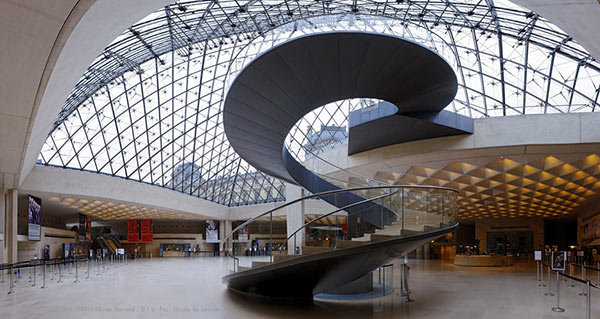Nearly two weeks after the deadly terrorist attacks that killed 129 people in Paris, the city’s greatest monuments, and museums, remain eerily empty.
Anyone who’s ever laid eyes on Leonardo da Vinci’s famed “Mona Lisa” at the Louvre Museum, Paris, has likely viewed it from a distance or fought their way through hundreds of visitors to get within 10 feet of the masterpiece. Two weeks after the deadly attacks, in which terrorists gunned down hundreds of innocent people, the scene within the world-famous museum is quite different: it’s virtually empty. Perhaps stemming from fear of additional attacks, many tourists and locals alike appear to be avoiding potential targets, and the Louvre Museum is no exception. Rather than the typical stampede of eager art lovers seeking to get a glimpse, visitors to the museum today will have virtually unabated access to the entire complex’s robust collections.
As the city, and the world, continues to recover from the violence, the halls of the Louvre will eventually bustle once more, but it is undeniable that the most recent attacks have had a profound impact on Parisian society, politics, and culture.
This article was featured in Fine Art Today, a weekly e-newsletter from Fine Art Connoisseur magazine. To start receiving Fine Art Today for free, click here.








